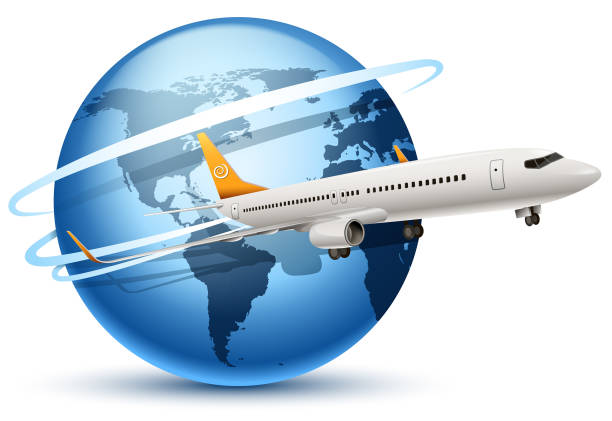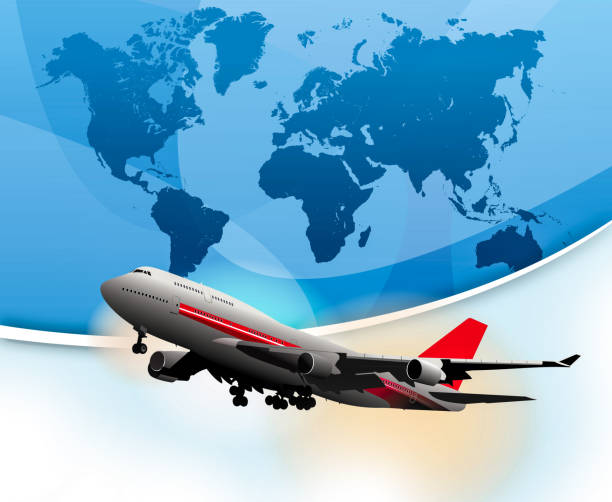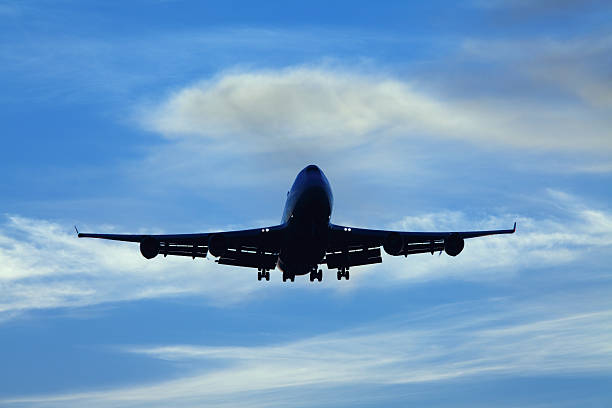Introduction
Europe, a continent of rich history and vibrant cultures, faces significant economic challenges and political tensions, particularly within the framework of the European Union (EU) and the broader issue of national sovereignty. This article delves into the intricacies of these challenges, exploring the impacts on the EU’s economic integration, the resilience of European sovereignty, and the evolving geopolitical landscape.
The Impact of Globalisation and the Single Market
The EU, comprising 27 member countries, has established a single market that facilitates the free movement of goods, services, capital, and people within its borders, known as the four freedoms. This integration has brought about significant economic benefits, such as lower prices for goods and services, a shared currency (the euro for 19 countries), and easier cross-border transactions. However, the challenges of managing such a vast and diverse economic zone are immense. The EU’s institutions, while powerful, face the daunting task of balancing national interests with the collective good, often leading to tensions and conflicts.
European Integration : EU
After World War II, global powers created multiple organisations, in hopes of preventing another devastating conflict. These institutions and agreements included the United Nations, to create a peaceful form for dialogue and reduce the risk of war; the General Agreement on Tariffs and Trade (which later became the WTO), to promote international trade by creating clear trade rules; and the International Monetary Fund (IMF), to ensure international financial and monetary stability.
The Effects of Brexit and the Search for Solutions

Brexit, the UK’s decision to leave the EU, has highlighted the inherent difficulties of maintaining unity and cohesion within a multi-national organisation. The process has been fraught with negotiations, disagreements, and has set a precedent that questions the stability of the EU’s structure. The EU’s response to the pandemic crisis, with a $2 trillion stimulus package, further illustrates the complexities of managing a unified economic policy amidst the diversity of its member states. The EU’s ability to navigate these challenges will be crucial in determining its future economic stability and cohesion.
Political Tensions and Sovereignty Concerns
The EU’s Role in National Sovereignty

The EU’s commitment to economic integration and its influence over national policies, particularly in areas such as defence and security, have raised concerns about national sovereignty. The EU’s collective decision-making processes and its ability to impose sanctions and enforce policies across member states have blurred the lines between national and EU authority. This has led to debates about the balance between EU governance and national sovereignty, with some member states expressing a desire for greater control over their domestic policies.
Economic Challenges: The Threat of Economic Coercion
Europe faces growing threats from economic coercion by global powers, particularly China and the United States. These powers have been known to use economic tools for geopolitical purposes, challenging the EU’s economic sovereignty and its ability to maintain a level playing field in international trade and investment. The EU’s response to these challenges, including efforts to enhance its economic power and develop strategies to protect against economic coercion, is crucial in safeguarding its sovereignty and economic stability.
Conclusion: EU Economic Challenges
The economic challenges and political tensions within Europe, particularly within the EU and concerning national sovereignty, are complex and multifaceted. The EU’s ability to navigate these challenges, balancing economic integration with national sovereignty, and responding to threats from economic coercion, will be key to its future stability and prosperity. As Europe continues to evolve, the EU will need to adapt its policies and institutions to address these challenges, ensuring that it remains a vibrant and united continent.











